Premium Only Content
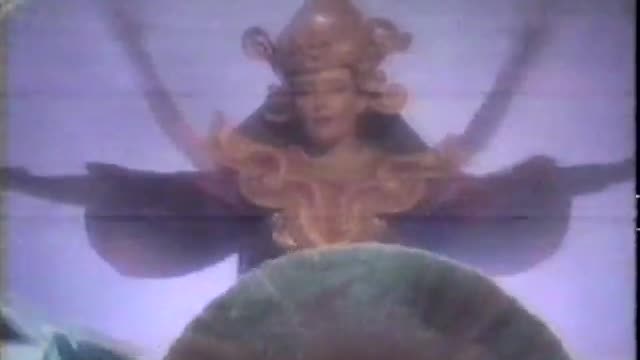
1 HOUR OF MTV MUSIC TELEVISION | WITH HOST MARC GOODMAN 5/12/85
1 Hour of MTV With Host Marc Goodman on May, 12th, 1985.
With commercials from Indiana cable TV.
Outstanding Cannabis Seeds
https://happybirdseeds.com
MTV HISTORY:
1981–1991
Launch
The first images shown on MTV were a montage of the Apollo 11 moon landing.
Further information: List of first music videos aired on MTV
On Saturday, August 1, 1981, at 12:01 a.m. Eastern Time,[14][15] MTV was launched with the words "Ladies and gentlemen, rock and roll," spoken by John Lack and played over footage of the first Space Shuttle launch countdown of Columbia (which took place earlier that year) and the launch of Apollo 11. The words were followed by the original MTV theme song, a vivid rock tune composed by Jonathan Elias and John Petersen, playing over the American flag changed to show MTV's logo changing into different textures and designs. MTV producers Alan Goodman and Fred Seibert used this public domain footage as a concept;[16] Seibert said that they had originally planned to use Neil Armstrong's "One small step" quote, but lawyers said that Armstrong owned his name and likeness and that he had refused, so the quote was replaced with a beeping sound.[17] A shortened version of the shuttle launch ID ran at the top of every hour in different forms, from MTV's first day until it was pulled in early 1986 in the wake of the Challenger disaster.[18]
The first music video on MTV, which at the time was only available to homes in New Jersey,[19] was the Buggles' "Video Killed the Radio Star". It was followed by Pat Benatar's "You Better Run". Occasionally the screen went black when an employee at MTV inserted a tape into a VCR.[20] MTV's lower third graphics near the beginnings and ends of videos eventually used the recognizable Kabel typeface for about 25 years; but they varied on MTV's first day, set in a different typeface, and including details such as the song's year and record label.
"MTV has paved the way for a host of invaders from abroad: Def Leppard, Adam Ant, Madness, Eurythmics, the Fixx and Billy Idol, to name a few. In return, grateful Brits, even superstars like Pete Townshend and the Police, have mugged for MTV promo spots and made the phrase 'I want my MTV' a household commonplace."
—Anglomania: The Second British Invasion, by Parke Puterbaugh for Rolling Stone, November 1983.[21]
As programming chief, Robert W. Pittman recruited and managed a team of co-founders for the launch that included Tom Freston (who succeeded Pittman as CEO of MTV Networks), Fred Seibert and John Sykes.[22] They were joined by Carolyn Baker (original head of talent and acquisition),[23] Marshall Cohen (original head of research),[24] Gail Sparrow (of talent and acquisition), Sue Steinberg (executive producer),[25] Julian Goldberg, Steve Lawrence, Geoff Bolton; studio producers and MTV News writers/associate producers Liz Nealon, Nancy LaPook and Robin Zorn; Steve Casey (creator of the name "MTV" and its first program director),[26] Marcy Brafman, Richard Schenkman, Ronald E. "Buzz" Brindle, and Robert Morton. Kenneth M. Miller is credited as MTV's first technical director at its New York City-based network operations facility.[26]
Within two months, record stores were selling music local radio stations were not playing, such as Men at Work, Bow Wow Wow and the Human League.[27] MTV also sparked the Second British Invasion, featuring existing videos by UK acts who had used the format for several years (for example, on BBC's Top of the Pops).[28][29]
MTV targeted an audience of ages 12 to 34. However its self-conducted research showed that over 50% of its audience was 12–24, and that this group watched for an average of 30 minutes to two hours a day.[30] As the PBS series Frontline[31] explored, MTV was a driving force that catapulted music videos to a mainstream audience, turning music videos into an art form as well as a marketing machine that became beneficial to artists."[32]
Original VJs and format
Further information: List of MTV VJs
MTV's earliest format was modeled after AOR (album-oriented rock) radio. It underwent a transition to emulate a full Top 40 station in 1984. Fresh-faced young men and women hosted its programming and introduced videos. Many VJs became celebrities in their own right. MTV's five original VJs in 1981 were Nina Blackwood, Mark Goodman, Alan Hunter, J.J. Jackson and Martha Quinn. Popular New York DJ Meg Griffin was going to be a VJ, but decided against it at the last minute. The VJs were hired to fit certain demographics the channel was trying to obtain: Goodman was the affable everyman; Hunter, the popular jock; Jackson, the hip radio veteran; Blackwood, the bombshell vixen; and Quinn, the girl next door. Due to uncertainty around the channel's success, the VJs were told not to buy permanent residences and to keep their second jobs.[33]
The VJs recorded intro and outro voiceovers before broadcast, along with music news, interviews, concert dates and promotions. These segments appeared to air live and debut on MTV 24/7, but the they were pre-taped within a regular work week at MTV's studios.[34]
Rock bands and performers of the 1980s who appeared on MTV ranged from new wave to soft rock and heavy metal including Adam Ant, Bryan Adams, Pat Benatar, Blondie, the Cars, Culture Club,[35] Def Leppard, Dire Straits (whose 1985 song and video "Money for Nothing" included the slogan "I want my MTV" in its lyrics), Duran Duran,[36] Eurythmics,[37] Peter Gabriel, Genesis, Daryl Hall & John Oates, Billy Idol, Billy Joel, John Mellencamp, Mötley Crüe, Tom Petty and the Heartbreakers, the Police, Prince, Ultravox, U2, Van Halen[38] and ZZ Top, Ratt,[39]
In 1984, more record companies and artists began making clips, realizing the popularity of MTV and the growing medium. To accommodate the influx of videos, MTV announced changes to its playlists in the November 3, 1984, issue of Billboard that took effect the next week. Playlist rotation categories were expanded from three (Light, Medium, Heavy) to seven: New, Light, Breakout, Medium, Active, Heavy and Power. This ensured that artists with chart hits got the exposure they deserved, with Medium being a home for established hits still on the climb up to the top 10; and Heavy a home for the big hits – without the bells and whistles – just the exposure they commanded.[40]
Flashdance (1983) was the first film whose promoters supplied MTV with musical clips to compose promotional videos, which the channel included in its regular rotation.[41]
The channel also rotated the music videos of "Weird Al" Yankovic, who made a career out of parodying other artists' videos.[42] It also aired several of Yankovic's specials in the 1980s and 1990s, under the title Al TV.
PSAs and promotion of charitable causes and NFPs were woven into the MTV fabric. In 1985, MTV spearheaded a safe-sex initiative, in response to the AIDS epidemic, when it was perceived that many teens might be more receptive to the message there than from their parents. Its safe-sex campaign continues today as "It's Your Sex Life".[43]
-
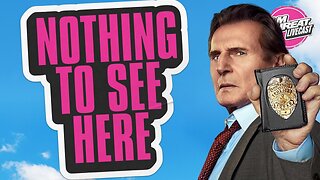 LIVE
LIVE
Film Threat
16 hours agoTHE NAKED GUN BLOWS COMEDY | Film Threat Livecast
117 watching -
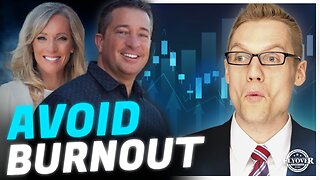 LIVE
LIVE
Flyover Conservatives
11 hours agoAVOID BURNOUT: Why You Must View Your Work As Worship - Clay Clark | FOC Show
160 watching -
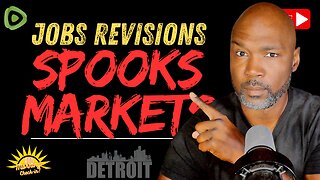 36:09
36:09
Rethinking the Dollar
1 hour agoU.S. Job Market Fails—Real Talk on Gold, Ray Dalio & World ID | Morning Check-In
2.27K3 -
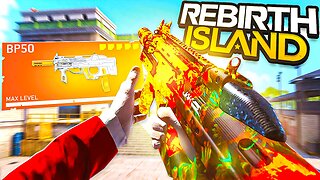 LIVE
LIVE
JuicyJohns
4 hours ago $1.96 earned🟢#1 REBIRTH PLAYER 10.2+ KD🟢$500 GIVEAWAY SATURDAY!
149 watching -
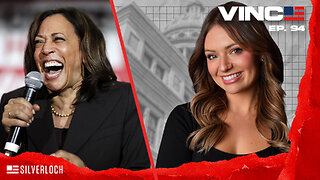 59:16
59:16
VINCE
4 hours agoThe Kamala Comeback Is Here | Episode 94 - 08/01/25
180K104 -
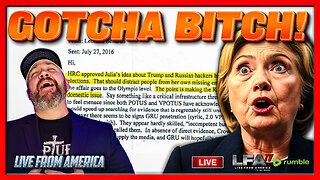 LIVE
LIVE
LFA TV
16 hours agoLFA TV ALL DAY STREAM - FRIDAY 8/1/25
4,411 watching -
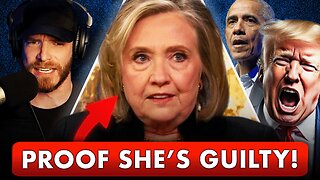 1:47:49
1:47:49
Dear America
4 hours agoHILLARY EXPOSED!! New Files Reveal She Was Behind It ALL!!! + Kamala Breaks Silence!!
112K80 -
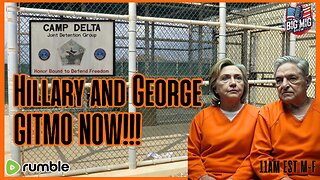 1:25:42
1:25:42
The Big Mig™
5 hours agoHillary Clinton & George Soros To GITMO NOW!!!
11.8K13 -
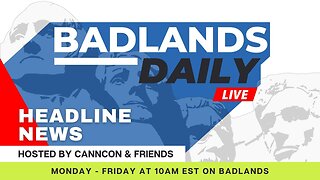 1:41:12
1:41:12
Badlands Media
8 hours agoBadlands Daily: Aug 1, 2025
50.8K8 -
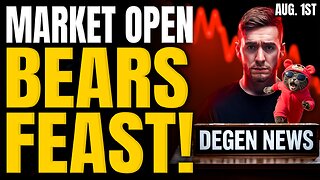 2:11:10
2:11:10
Matt Kohrs
12 hours agoTrump Tanks Stocks, Breaking Market News & Payday Friday || Live Trading
49K1